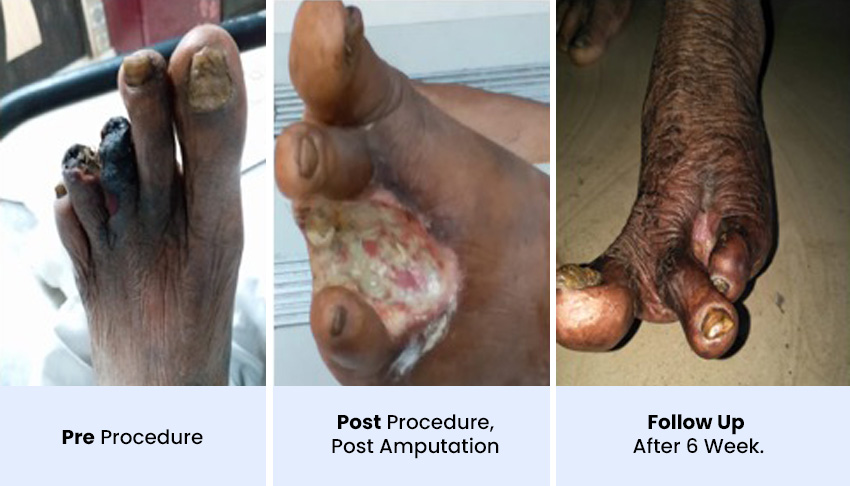
Peripheral arterial disease (PAD) is a common condition that occurs when there’s a build-up of plaque in the arteries that supply blood to your limbs. This build-up narrows the arteries and can reduce blood flow to your legs and feet.
PAD is a serious condition that can lead to serious health complications, including amputation. However, it’s often possible to treat PAD and improve blood flow.
PAD can cause a range of symptoms, including:
If you have any of these symptoms, it’s important to see a doctor so they can assess whether you have PAD.
PAD is usually caused by atherosclerosis, which is a build-up of plaque in the arteries. Plaque is made up of fat, cholesterol, calcium, and other substances in the blood.
Atherosclerosis can occur in any artery in the body, but it’s most common in the arteries that supply blood to the heart (coronary arteries) and the arteries that supply blood to the brain (cerebral arteries).
PAD can also be caused by other conditions that damage or narrow the arteries, such as:
If your doctor suspects you have PAD, they will usually carry out an ankle-brachial index (ABI) test. This test involves using a blood pressure cuff to measure the blood pressure in your arms and legs.
We will also look for signs of PAD, such as:
If you have PAD, it’s important to see a doctor so they can assess your condition and recommend the most suitable treatment.